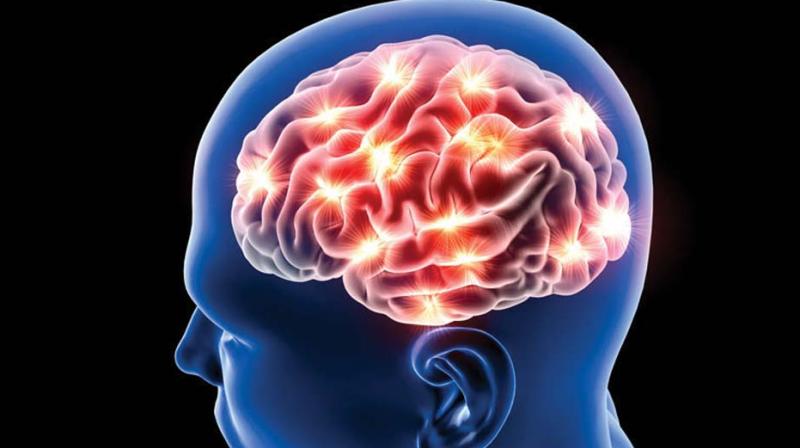Early interventions can prevent stroke risk

CHENNAI: Stroke remains a leading cause of long-term disability and the second most common cause of death worldwide. However, doctors say that implementation of interventions targeting various leading risk factors can help reduce the burden.
On World Stroke Day, medicos say that risk factors such as hypertension, obesity, diabetes, stress, low intake of green leafy vegetable consumption, stress, consumption of salt, physical inactivity and smoking need to be monitored to reduce the risk of stroke.
“Stroke claims 6.2 million lives every year, with six lives being lost due to strokes every minute. Most strokes are not painful and when strokes happen the symptoms will be varied from mild visual blur to loss of speech or complete paralysis on one side of the body. In extreme cases, strokes could result in deep coma. 80 percent of strokes are caused by a blood clot blocking flow of arteries and rest 20 percent due to rupture of artery,” says Dr Sivarajan Thandeswaran, consultant, Stroke and Neurovascular Medicine, Kauvery Hospital.
“Sedentary lifestyle, hypertension, diabetes and high cholesterol are leading causes of blood vessel damage causing strokes. When clot buster treatment is used during the first hours after a stroke, there is 80 percent chance of good recovery. Approximately, 70 percent of patients do not correctly recognise minor strokes, 30 percent delay seeking medical attention within 24 hours, and about 30 percent of early recurrent strokes occur before seeking attention,” added Dr Sivarajan.
A recent Stroke Investigative Research and Educational Network (SIREN) study published in the medical journal The Lancet stated that hypertension, dyslipidaemia, regular meat consumption, elevated waist-to-hip ratio, diabetes, stress, low intake of green leafy vegetable consumption, stress, consumption of salt, cardiac diseases, physical inactivity and smoking accounted for 98·2 percent cases of stroke.
As per the study, five factors - hypertension, diabetes, dyslipidaemia, stress, and lack of green leafy vegetable consumption - were associated with both ischaemic and haemorrhagic stroke types.
However, obesity, physical inactivity, regular meat intake, salt intake, and cardiac diseases were associated with ischaemic strokes, whereas tobacco was associated with haemorrhagic strokes. Doctors stress on need of interventions targeting these leading risk factors to reduce the increasing incidence of stroke.
There is a need to educate people about -BE FAST approach to identify signs of stroke so that immediate medical attention can be provided. The BE FAST approach is an acronym for signs of a stroke like Balance loss, eye sight changes, face drooping, arm weakness, speech difficulty, time to call stroke center,” said Dr KK Aggarwal, president, Heart Care Foundation of India.

